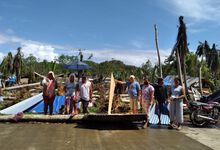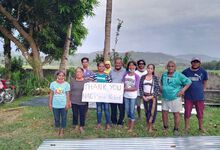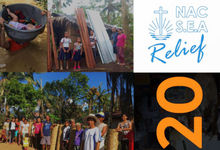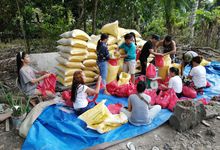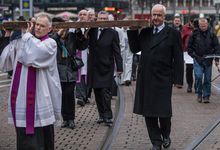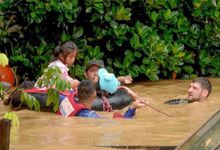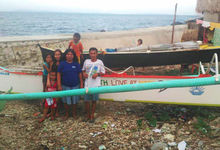Odette leaves deep scars
No other country is as threatened by natural disasters as the Philippines. “Yes, indeed, we got our share last year,” it says in the latest annual report of the charity NACSEARelief.
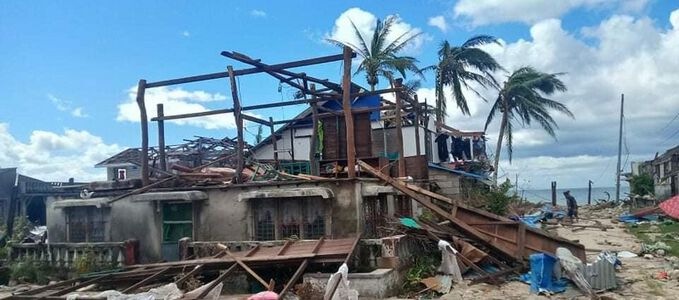
The Philippines top the global disaster risk index. The country with its 7,000 islands is located in a seismically active zone and has 36,000 kilometres of coastline. This is the situation outlined in the Word Risk Report. The country is regularly battered by floods, typhoons, heat waves, landslides, earthquakes, and volcanic eruptions.
What this means for people’s lives is shown in the Annual Report 2022 of the NACSEARelief Fund. The initiative of the New Apostolic Church South East Asia understands itself as the social responsibility service provider of the New Apostolic Church in the Philippines.
Volunteers work hand in hand
“Typhoon Odette hit shortly before Christmas 2021,” says NACSEARelief President Urs Hebeisen in the annual report’s foreword. “Throughout most of the year 2022 we were occupied with the most massive relief project ever since Yolanda, which was in 2013.”
No wonder then that around 65 per cent of the budget in the past year went to disaster relief. This was possible with financial support from Europe: “The large New Apostolic relief organisations NAK-karitativ, humanaktiv from Germany, and NAK-Humanitas from Switzerland joined forces and supported our work,” reports the retired District Apostle.
A smile via Messenger
“This is a smile at unexpected blessing.” With messages like these, people responded to the distribution of food that started the emergency aid in December and January.
In January 2022, phase two of the Odette relief efforts began with the delivery of building material and helping people to repair their homes. The first deliveries went to the tiny Surigao Islands in the south, which was then followed by rebuilding assistance on the larger islands of Cebu, Negros, and Bohol. And by June aid workers had made their way to Palawan in the far west.
Every drop counts
Once food security and shelter had been secured, many people who had lost the means of earning their living needed assistance to avoid falling into more critical need. Fishermen received assistance to repair their boats. And farmers received seeds to grow pumpkins, beans, eggplants, and peppers, for example.
And then in November 2022, Tropical Storm Nalgae (Paeng) slammed into more than a dozen regions in the Philippines. Again, the aid organisation saw to it that food aid made it to remote areas. “In view of the scale of the disaster this was only the proverbial drop in the bucket,” admits the annual report. “Yet for these families it made a difference.”
Investment in the future
Meanwhile, the situation has improved for students in NACSEARelief’s scholarship programme, which accounts for more than one fifth of the total budget. The scholarship students emerged from the long Covid 19 shutdown of schools. Eleven of them graduated in the school year 2021/22.
The programme now supports 97 students in the new school year. The increase is not least due to the sponsorship of the Unfried Foundation of Germany. The foundation administers the charitable trust of a couple from Stuttgart who wanted their assets used to improve the educational opportunities of vulnerable children and young people.
Support is always welcome
An eighth of the charity’s expenditures goes to education and the facilities required for it. This is another big focus of the charity. This included the extension of an elementary school with two classrooms, a faculty room, and sanitary installations. It is located in Compostella on Mindanao, the second largest island in the Philippines.
What Urs Hebeisen, the charity’s president, writes in the foreword also applies here: “While institutional donors are highly appreciated—without them we could not embark on bigger scale relief work—also the small gifts, be it monetary, in kind, or in hours of volunteer work, are thankfully accepted. They go a long way and make a difference for many an individual or even a family.”
Article info
Author:
Date:
Keywords:
Andreas Rother
14.03.2023
Philippines,
Social commitment,
International


